So what exactly is Neurosculpting? In essence, it is the fusion of Science and Spirituality; where current research in brain function and anatomy informs the ancient practice of meditation. The main objective of Neurosculpting, is to shape our thoughts in ways that will enhance an inner sense of calm and well-being.
This healing modality was founded ten years ago by Lisa Wimberg who refined the process by helping people in high-pressure jobs such as: firefighters, first aid responders, and police officers. The Neurosculpting practice is a careful blend of daily meditation, journaling, mindfulness exercises and brain nutrition; and, according to Wimberg, effective for anyone who suffers anxiety and stress.
Anxiety and Neurosculpting
When you feel anxious, it seems impossible to appreciate anything: a smile, a sunset or your child's latest Biology project. In our fast paced world, with bills to pay and places to be, life can feel overwhelming. Anxiety disorders are the most common cause of ill health in the Untied States, affecting 40 million adults, which is 18% of the population (1).
In the land of space, sunshine and a, "no worries" attitude; one in six young Australians suffer from anxiety; one in three women, and one in five men, will also experience an anxiety condition at some stage in their life (2,3). One can assume this is a world-wide phenomenon. Symptoms may include: constant worry, a pounding heart, an inability to concentrate, shortness of breath, or difficulty sleeping. You may experience tension headaches, or have muscles aches in the neck, back and shoulders.
Restoring Harmony in the Brain
It is natural to have a physiological reaction to seminal life changes such as: the death of a loved one, loss of a job, a separation, or divorce. It is also natural to feel anxious when you are in the daily throes of life: an upcoming job interview, an exam, a first date, public speaking, or traveling to a foreign country. Anxiety may be useful if it guides you to avoid dangerous situations or motivates you to solve problems.
It is unhealthy, however, if it becomes an unbridled force and pulls you down into negativity and despair. Pharmaceutical drugs may offer short term relief; but they can be addictive, costly, and have unwanted side effects. Neurosculpting addresses anxiety at its neurological roots.
Specially designed meditation practices aim to restore harmony between the left and right brain hemispheres, and mindfulness-based techniques retrain the brain for greater resilience to high pressure situations. Wimberg teaches how self-directed brain change can bring the nervous system back into balance. The practitioner is then able to have lasting relief from fears and worries.
She further explains:
Neurosculpting was developed as a method to support self-directed neuroplasticity, the brain's ability to transform, through the union of neuroscience and meditation practices to aid in the down-regulation of chronic CNS (Central Nervous System) arousal states. Unique to the Neurosculpting methodology is its methodical structure and intentional whole-brain engagement designed to support the management of stress through specific languaging, and simultaneously up-regulate focused attention through life practices including brain-specific nutrition.Calm and Creative
Meditation is an age-old practice; designed to bring the mind, body and spirit into greater alignment. Our ancestors understood the power of thought and the need to focus them; so they may serve our best interests, and those of our community.
Breathing techniques, mantra practices and yoga postures are outlined in early religious texts; such as; the Hindu Vedas and Buddhist scriptures. Celtic Druids, with their ceremonial wands, used focused awareness to align themselves with elemental forces. In today's world, energy workers, and those who offer healing prayers, focus their thoughts to bring about desired outcomes.
Masters of our Minds?
The mind can be a double-edged sword, of course, as limiting thoughts can slice at our self-esteem and create dread and doubt. With wisdom and understanding, however, the mind can more readily discern which thoughts are healthy and which thoughts need to be cut loose.
We have the ability to shape our thoughts and sculpt our minds in ways that can lead to lasting states of joy, peace and discovery. The process of Neurosculpting suggests that it is possible to be the masters of our minds. As the gifted artist Michelangelo observed so long ago;
Every block of stone has a statue inside it and it is the task of the sculptor to discover it
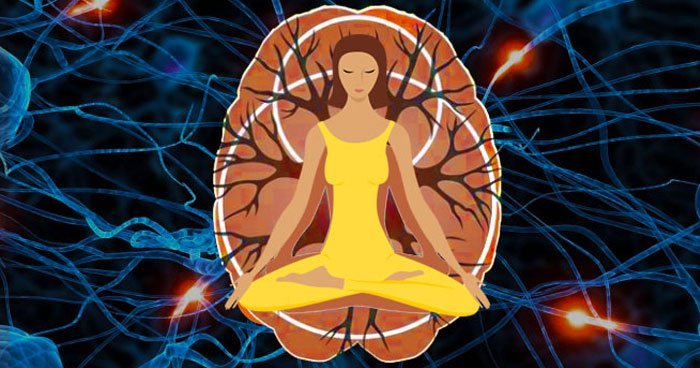
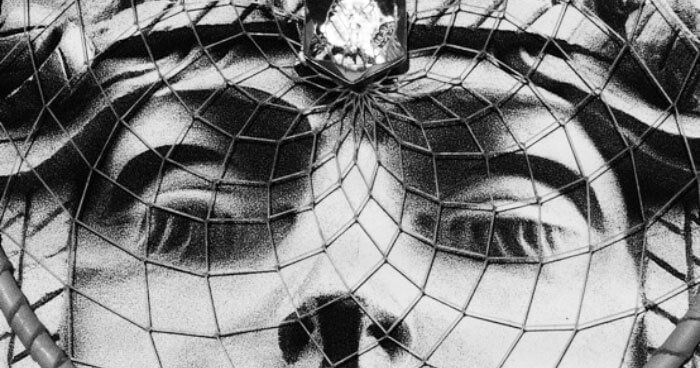
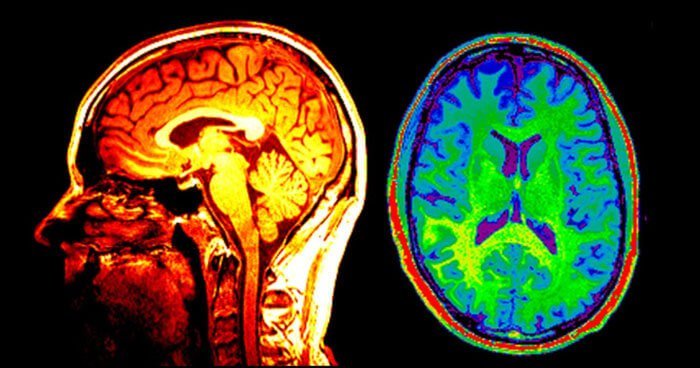
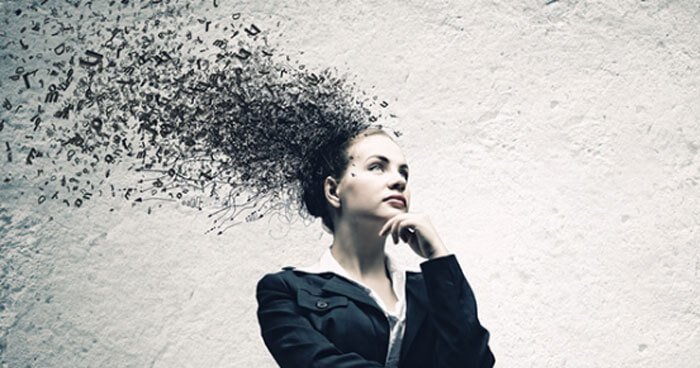
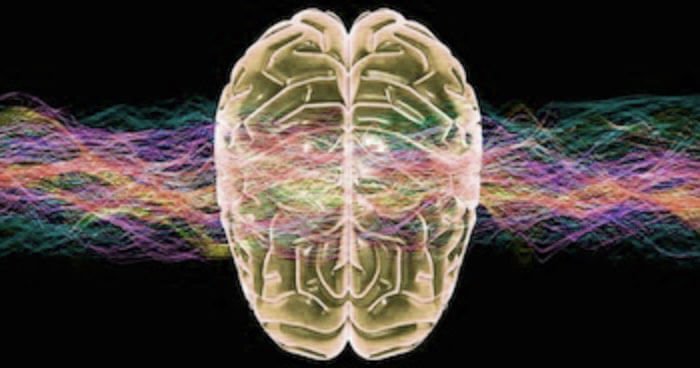
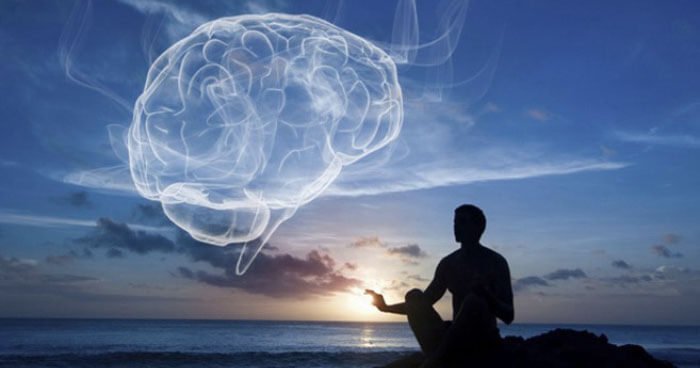




Reader Comments
to our Newsletter